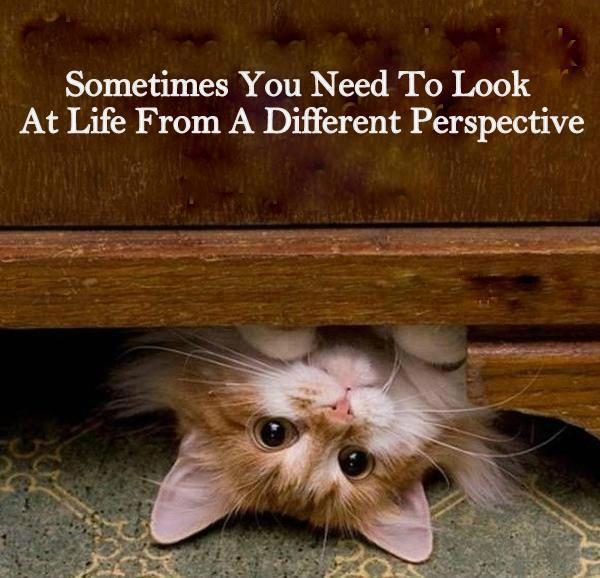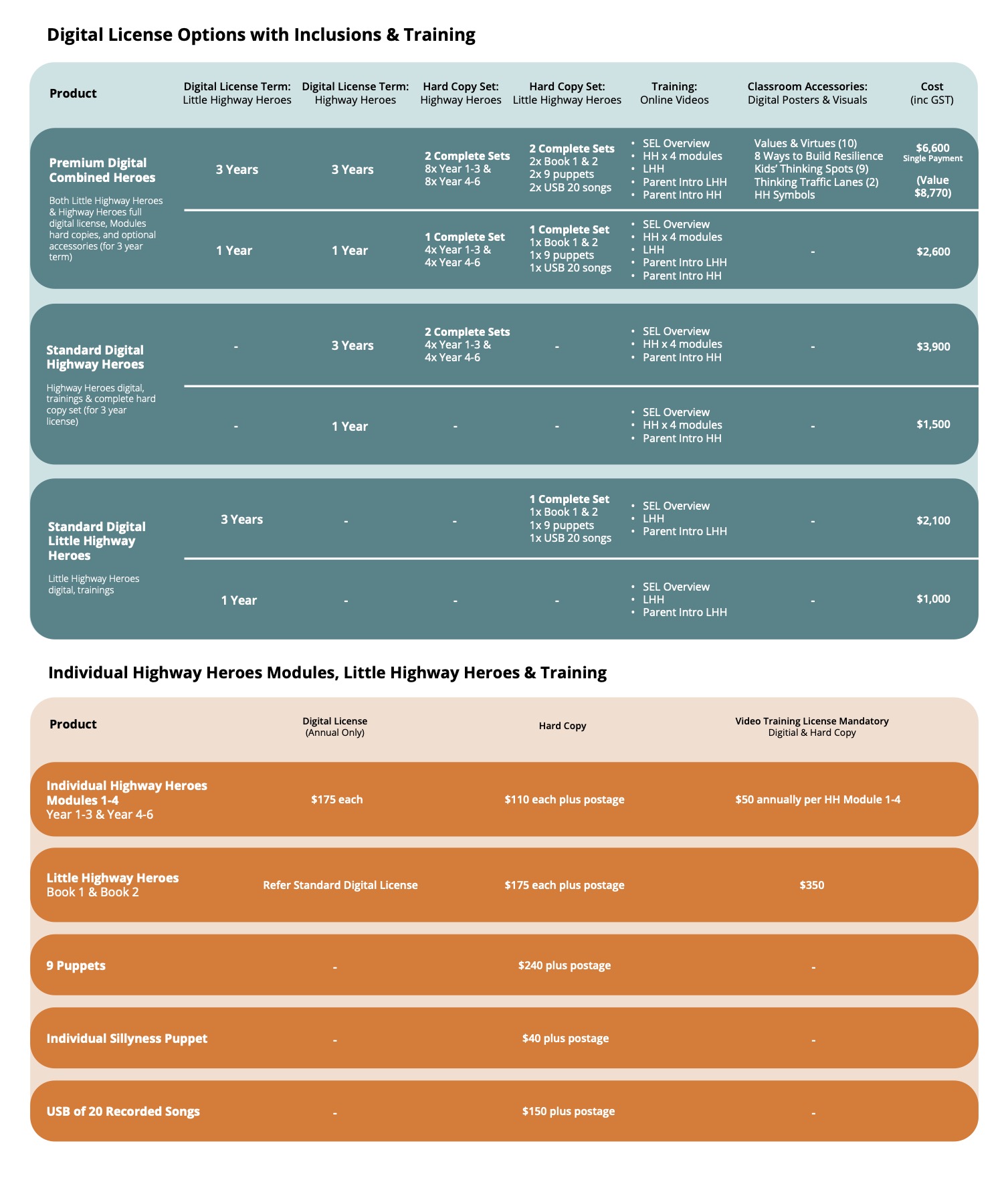“Teasing isn’t cool – ever! Why would you teach a child to scale teasing into Cool or Cruel Teasing?” This is a sensational topic and often discussed as we talk about the difference between teasing and bullying and the differences in teasing. And it certainly takes some time to wrap your head around why we would ever label teasing (that might even hurt our feelings or annoy us) as Cool. Of course, if there’s Cool Teasing then there’s also Cruel Teasing – and the intent of that is completely and unequivocally different and needs a different approach to making it stop!
Well, this is where we must look at intent. Did someone older and wiser ever direct you to “Walk a mile in someone else’s shoes”? What’s the purpose of this? Well, it’s the beginning of empathy, understanding another, stepping outside your own representation of the world and seeing it through someone else’s eyes. How many times as an adult have you taken offence at someone’s words or the way that they phrased an interaction? How many times, if you’ve been brave enough to seek clarification, have you realised that your interpretation of their message was never their intent. Intent is King!
If I want to establish an interaction with you and I wander up and say, “Hey, Helen – you Melon,” my intent is to connect, have a laugh bring you into a conversation. Your interpretation could be anything from – it’s funny right through to it’s irritating, rude and inappropriate. Intent and interpretation are two sides of the same coin. If I only ever look through my eyes, my interpretation, I am going to get lots of confused messages as I go through life – and many of those will be negative and will shape how I see you and how I see the world. The reality might be that I don’t want you to tease me in that way, that I don’t like it and that I want it to stop. The way in which I manage that interaction is going to be based on how I see that interaction.
If I have coded the event as a misplaced attempt to have a funny interaction with me and I don’t like it, my response will be assertive but not angry and offended. If I have coded the event as you trying to bring me down, always having something mean to say, as being nasty – my response is going to be emotional, negative and heavy. No one wins.
So, this is why we teach children to scale. It’s a complex skill. You have to consider the other’s intent (you don’t have to like what’s said or done) and you have to choose your response. You might Agree – yep, my name rhymes with melon. An unexpected response which often stops the teaser in their tracks. It also keep me using a positive and helpful thought pattern that says, “Not the end of the world – she didn’t mean to be nasty.” If the teasing goes on and on I might choose another approach – I might ‘Ask a Question.’ “Have you only just figured out how to rhyme?” I’m using my positive and helpful thinking to approach a situation where I accept the intent wasn’t nasty but I am going to draw attention to the fact that it’s not enjoyable and getting a little silly. The alternative is to ‘Ask to Stop.’ Simple, unemotional, straight-forward, “That’s not funny. Stop.”
These are The Triple A’s of Taming Teasing and they’re useful for Cool Teasing (remember – the intent is to engage, connect, have fun – even if that’s not the interpretation) and useful for Cruel Teasing – teasing where the intent is to humiliate, bring down and be mean. You can read more about these in our Kids’ and Parents’ Notebooks or the Highway Heroes Modules for professionals.
In all things in life, if we stop to consider the intent, our response will generally be very different to that if we assume that the intent was mean, nasty, to humiliate or bring down. Teaching children to decatastrophise patterns of thinking means teaching them early to differentiate their interpretation of the message from the intent of the message being delivered. This is a life skill. For example, if I ask a friend to look after my children and she says that she’s too busy this week, I have choice over the way I interpret the response. I can walk a mile in her shoes and see that she’s overwhelmed and even though I have had her child twice in the past week, she’s in no place to be able to reciprocate. I might still feel disappointed but I’m not going to lose the plot and end the friendship. If I don’t consider the intent, I might feel resentful – I’ve had her child twice, it is her turn and we all get tired – get over it! In this case I probably will get angry, I might even say something and most certainly I will avoid having her child again to teach her a lesson.
This is a wrapped up in empathy and in gratitude. When we can look at intent and move beyond the limitations of our interpretation, we all see the world differently, we more often choose positive and helpful ways of thinking about events and our feelings and behaviours change. So, teaching a child to look carefully at the intent of teasing helps them to modify their emotional response and to choose the best approach to dealing with it. They can learn that even if the intent is Cool – they can still manage it assertively and ask for it to stop.
What do you think? How often do you stop and think about the intent of an interaction and break through your interpretation and all of the limitations of that? How often do you say to a child, “I’m sure he didn’t mean it that way. Perhaps you should ask.” Feel free to join the discussion here or on our Facebook page.


